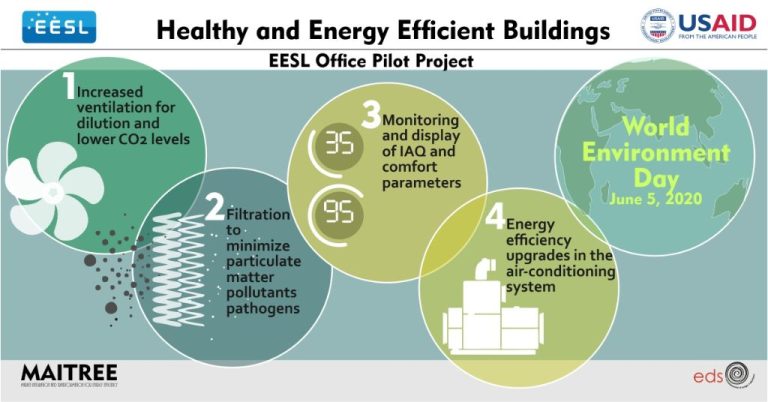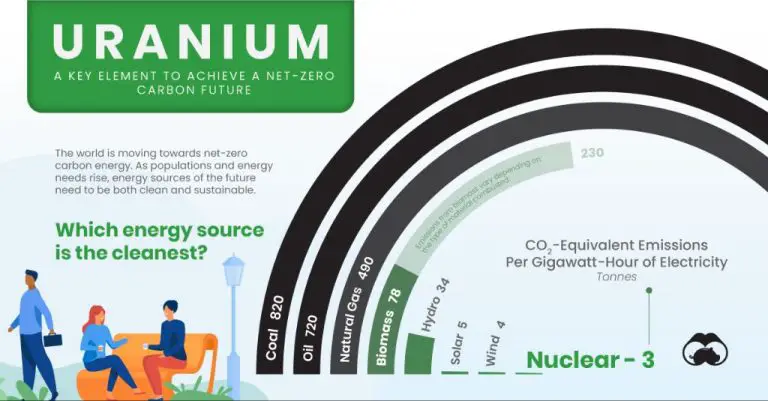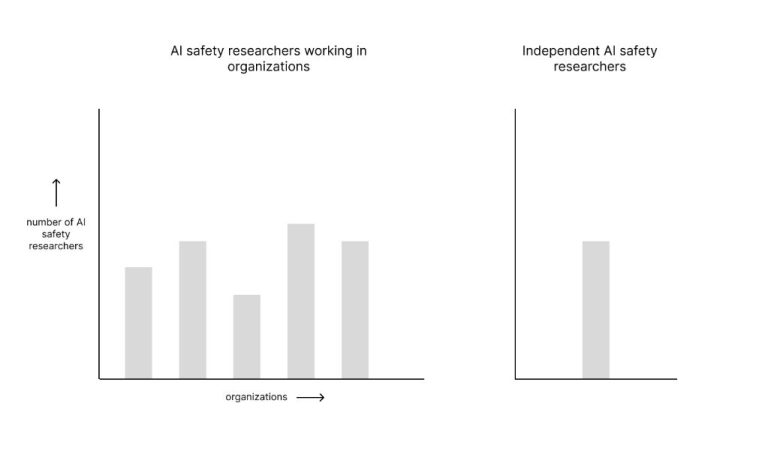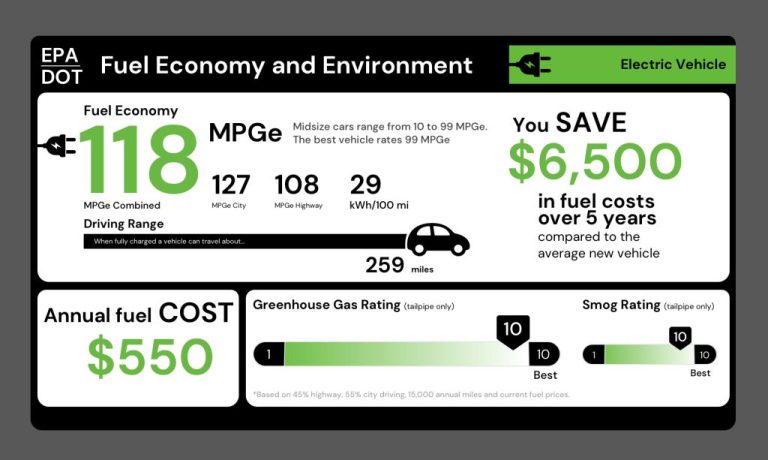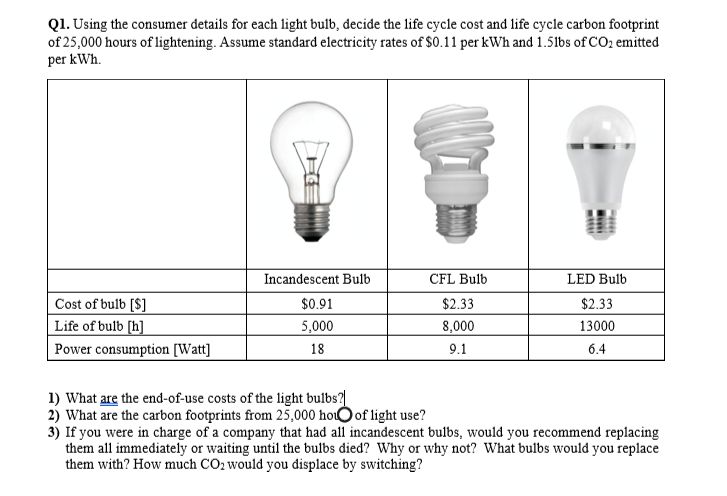Are Renewable Energy Hydrogen 2021
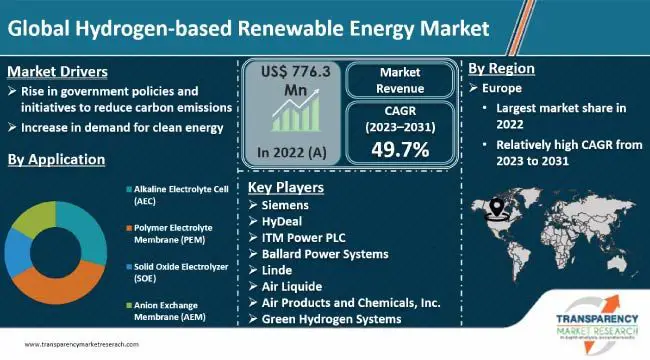
Renewable energy sources like solar, wind, and hydropower have seen rapid growth in recent years as countries around the world seek to reduce greenhouse gas emissions and combat climate change. At the same time, there has been increasing interest in hydrogen as a clean fuel that can store and transport energy from renewables. When produced using renewable electricity, hydrogen is referred to as “green” hydrogen and has no carbon emissions.
According to the International Energy Agency (IEA), global renewable electricity capacity grew by over 260 gigawatts (GW) in 2021, the largest year-on-year increase ever. However, renewable energy accounted for only about 33% of global electricity in 2021 (IRENA). As a result, just 1% of worldwide hydrogen production came from renewable sources. This indicates enormous potential for growth in green hydrogen in the coming years.
Green hydrogen provides a way to harness the increasing capacity of renewable energy and displace more carbon-intensive energy sources. Key applications include decarbonizing industrial processes, transportation, electricity generation, and heating. This article will examine the current state and future outlook for renewable hydrogen in 2021 and beyond.
Growth of Renewable Energy
Renewable electricity capacity grew by 270 gigawatts (GW) in 2020, despite the challenges brought on by the COVID-19 pandemic. This increase was 45% higher than in 2019. Total installed renewable electricity capacity exceeded 2,800 GW in 2020. Solar and wind provided 91% of new renewable capacity in 2020. The International Energy Agency (IEA) projects global renewable electricity capacity will increase by over 60% between 2020 and 2026, reaching over 4,800 GW. China currently has the highest total installed renewable energy capacity in the world, followed by the United States and Brazil.
Advantages of Hydrogen as an Energy Carrier
Hydrogen is emerging as a versatile and carbon-free energy carrier with the potential to complement renewable energy and facilitate the transition to a clean energy system. One of the main advantages of hydrogen as an energy carrier is that it can be produced from renewable sources through electrolysis, making it a completely carbon-free fuel when produced in this manner (1). The clean burning properties of hydrogen, producing only water vapor upon combustion, make it an ideal fuel from an environmental standpoint.
Another key advantage is the versatility of hydrogen across multiple applications and industries. Hydrogen can be used as a fuel for transportation, to generate electricity and heat, and as an industrial feedstock. It can also enable large-scale and long-term energy storage, which addresses the intermittency issues of renewable energy sources like wind and solar power. By converting excess renewable electricity into hydrogen, the energy can be stored and utilized when needed (2).
Hydrogen supports energy system flexibility and resiliency as it integrates more variable renewable energy. It allows renewable energy to be transported from source to point of utilization. Hydrogen enables renewables to deliver reliable and consistent energy services despite the variability and uncertainty of renewable energy generation (3).
With its potential to decarbonize a wide range of sectors including industry, hydrogen is a promising option to help accelerate the transition to a clean and sustainable energy future.
Green Hydrogen Production Methods
Green hydrogen refers to hydrogen produced from renewable energy sources such as wind, solar, hydropower, geothermal, and biomass. The most common method for green hydrogen production is water electrolysis, which uses electricity to split water (H2O) into hydrogen and oxygen. Electrolyzers use renewable electricity to power this process, resulting in zero greenhouse gas emissions. According to IRENA, over 200 projects for green hydrogen production from electrolysis were announced globally in 2021.
Some key electrolysis projects in 2021 included the REFHYNE project in Germany, which will use 10MW of solar and wind power to produce up to 1,300 tonnes per year of green hydrogen. In Chile, the HARU Oni project broke ground on a green hydrogen plant powered by wind and solar that will produce over 25,000 tonnes annually. Additionally, several gigawatt scale projects were announced in countries like India, Morocco, Oman, and Saudi Arabia.
Another green hydrogen production method is biomass gasification, which converts organic matter like crops, wood, or waste into hydrogen along with carbon dioxide. In 2021, major players like Uniper and Phillips 66 announced plans to build commercial-scale biomass gasification hydrogen facilities.
Overall, electrolysis accounted for most of the major green hydrogen developments in 2021 as costs continued to fall. However, gasification offers potential advantages like using waste resources and capturing the resulting CO2 emissions. Most experts project green hydrogen from both methods to expand substantially in the coming decade.
Major Green Hydrogen Projects in 2021
In 2021, several major green hydrogen projects were announced or began construction around the world. These large-scale projects aim to produce hydrogen from renewable energy sources like solar and wind power, resulting in little to no carbon emissions.
Some of the most notable green hydrogen projects in 2021 include:
- The NEOM green hydrogen project in Saudi Arabia, which will have a capacity of 650 tons per day when completed. This $5 billion project will use solar and wind energy to produce hydrogen for export, transportation, and industrial uses (Source).
- The Helios Green Fuels project in the United States, which will produce hydrogen from solar and wind power in Texas. This $7.4 billion project is expected to be operational in 2027 and will have the capacity to produce over 1 million tons of green hydrogen per year (Source).
- The Asian Renewable Energy Hub in Western Australia, which is planned to have up to 26 gigawatts of wind and solar capacity for green hydrogen production. Construction is slated to begin in 2022 on this massive $36 billion project (Source).
These large investments into green hydrogen production demonstrate its potential as a clean energy source. However, widespread adoption still faces challenges like infrastructure development, storage, transportation, and bringing down costs.
Challenges for Widespread Hydrogen Adoption
Despite the potential benefits of hydrogen as an energy carrier, there are still significant challenges to overcome before it can be widely adopted. Some of the major challenges involve infrastructure, storage, and transportation.
Existing natural gas pipelines are not compatible with pure hydrogen. New pipelines, compressors, and other infrastructure specifically designed to handle hydrogen need to be built. According to the IEA, an estimated $1 trillion in cumulative investment is needed globally by 2050 for dedicated hydrogen infrastructure [1].
Storing and transporting hydrogen is difficult due to its low volumetric density. Compression, liquefaction, and conversion to synthetic fuels such as ammonia are potential solutions but add complexity and energy losses [2]. More research is needed to develop better storage materials and methods.
Safely and efficiently transporting hydrogen over long distances by pipeline, ship, rail, or truck presents technical hurdles around containment, minimizing boil-off losses, and preventing embrittlement. New designs optimized for hydrogen need to emerge. Converting hydrogen to ammonia or liquid organic hydrogen carriers for transport is also being explored [3].
Overcoming these infrastructure, storage, and transportation challenges is essential for hydrogen to scale up and realize its potential as a clean, versatile energy carrier.
Hydrogen Storage and Transportation
Hydrogen has a very low volumetric energy density compared to other fuels, which presents challenges for storage and transportation. Methods for effectively storing and transporting hydrogen include:
Compressed hydrogen gas – Hydrogen can be compressed and stored in high-pressure tanks at pressures up to 10,000 psi. This allows more hydrogen to be stored in a smaller space, but requires thick and heavy tank walls. Compressed hydrogen tubes are commonly used to transport hydrogen by truck or rail.
Liquefied hydrogen – Cooling hydrogen to extremely low temperatures (-253°C) condenses it into a liquid with higher density. This requires 40% less space than compressed hydrogen. However, a significant amount of energy is needed for liquefaction and keeping hydrogen cold.
Ammonia – Ammonia (NH3) can be used to safely transport hydrogen. The hydrogen can be extracted from ammonia again at the point of use. Special corrosion resistant tanks are required for storing ammonia.
Metal hydrides – Hydrogen can bind with certain metals and metal alloys to form solid metal hydrides. These contain up to 2 wt% hydrogen but absorption and release processes require heat.
Underground storage – Depleted oil and gas fields, aquifers, and salt caverns can potentially store very large amounts of hydrogen underground. This is advantageous for creating large reserves, but injection and withdrawal processes are still under development.
Pipelines – Over 1,600 km of hydrogen pipelines exist globally, mainly carrying hydrogen from production to nearby industrial uses. Existing natural gas pipelines can potentially be converted to carry pure hydrogen.
According to the US Department of Energy (https://www.energy.gov/eere/fuelcells/hydrogen-delivery), pressurized tube trailers containing gaseous hydrogen at pressures up to 500 bar are the most common mode of hydrogen transportation today. Meanwhile, ammonia presents opportunities for international hydrogen transport.
Hydrogen Fuel Cell Advancements
There have been several notable advancements in hydrogen fuel cell technology in 2021, particularly in improving performance and reducing costs.
According to the U.S. Department of Energy’s Fuel Cell Technologies Office (Progress in Hydrogen and Fuel Cells, 2022), researchers improved the performance of specific platinum-group-metal-free catalysts by approximately 60% compared to 2021 baselines. These advancements help make fuel cells more affordable and durable.
Scientists at Oak Ridge National Laboratory developed three new catalysts that can greatly improve the efficiency and lower the cost of extracting hydrogen from water. As described by ORNL (Alexey Serov’s inventions pave the way for green hydrogen fuel cells, 2022), these inventions pave the way for more affordable green hydrogen production.
Overall, there is strong continued progress in improving performance, lowering costs, and addressing durability challenges for hydrogen fuel cells, as summarized in a review by Sebastian et al. (Recent advances in hydrogen production, storage, and fuel cells for portable and stationary applications, 2023). With ongoing research and development, hydrogen fuel cells are becoming increasingly viable for real-world transportation and power generation applications.
Hydrogen Usage Outlook
According to the International Energy Agency (IEA), hydrogen demand is projected to increase more than 1.5 times to reach over 150 million tonnes by 2030, with nearly 30% of that demand coming from new applications like transportation, buildings, and power generation (https://www.iea.org/energy-system/low-emission-fuels/hydrogen). The IEA’s report on hydrogen predicts that by 2050, hydrogen and hydrogen-based fuels will account for 12% of global energy use.
PwC analysis shows that as costs continue to decrease, green hydrogen could meet up to 25% of global energy demand by 2050. They predict that by 2030, hydrogen could account for circa 5% of final energy demand in key segments like industrial energy, transportation, and building heating (https://www.pwc.com/gx/en/industries/energy-utilities-resources/future-energy/green-hydrogen-cost.html).
Specifically for transportation, BloombergNEF forecasts that hydrogen fuel cell vehicles could account for over 20% of heavy truck sales by 2030 and nearly 60% of sales by 2050 as costs come down. Fuel cell trucks and buses are seen as having an advantage over batteries for long-haul transportation needs.
Conclusion
In 2021, renewable energy made impressive gains in the production of green hydrogen. According to the IEA, the costs of producing hydrogen from renewable electricity fell to $3-8 per kg, with significant potential for further reductions. However, renewable hydrogen still only accounted for around 1% of total global hydrogen output, as reported by IRENA. Major projects like the NEOM green hydrogen plant in Saudi Arabia and the Asian Renewable Energy Hub in Australia broke ground, highlighting growing momentum. But challenges remain in scaling up infrastructure, transportation, and storage. Overall, 2021 saw promising developments in renewable hydrogen that helped set the stage for increased adoption, but fossil-based production still dominates the industry. Wider deployment of green hydrogen will require declining renewable electricity costs, investments, supportive policies, and advances in fuel cells and other end-use technologies.


